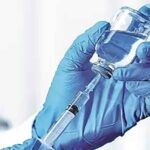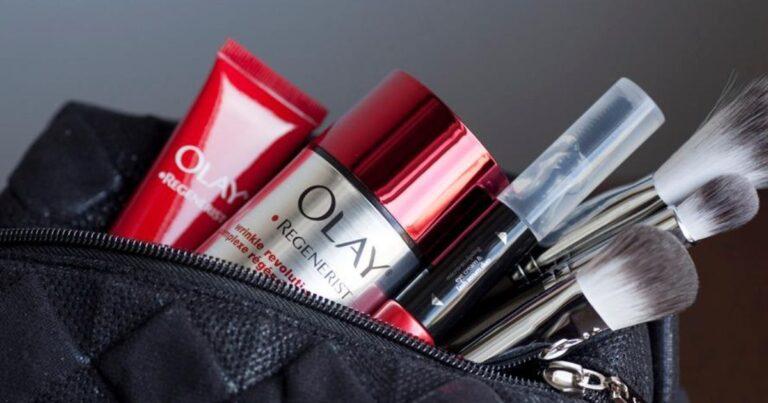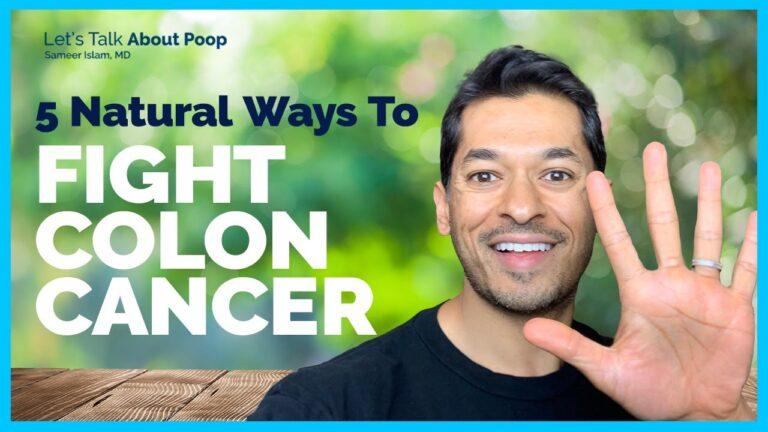In 1954, author and repentant cigarette market lobbyist Darrell Huff composed the very popular, “How to Lie with Statistics,” with the goal of teaching the general public how to translate the “secret language of stats.”
In his introduction, Huff composed: “Relationships and averages and patterns and graphs are not constantly what they seem.” He added: “There might be more in them than meets the eye, and there may be a good deal less.”
Nearly 70 years later, Huff’s admonition that a “well-wrapped figure” can “sensationalize, pump up, puzzle and oversimplify” seems more relevant than ever. For a pertinent modern-day example, one need look no more than COVID vaccine designers’ “headline-worthy” however deceiving claims about their products’ “95% effectiveness.” As BMJ associate editor Peter Doshi and others have actually been confirming for months, these effectiveness data are mainly a matter of analytical smoke and mirrors.
Why are producers’ claims about vaccine effectiveness misleading? Pfizer and Moderna decreased to show the general public the reality that there is another way to parse their information that has more real-world significance.
Taking a look at a figure called outright threat decrease— the variety of percentage points that a person’s threat goes down if they do something “protective”– the two business’ COVID vaccines hardly make a damage at all, minimizing someone’s risk of experiencing COVID signs (the medical trials’ endpoint) by less than 1%. This is the practical number that individuals are likely to appreciate many.
Understanding the paltry real-world impact of the injections on somebody’s threat of establishing COVID signs, how many individuals swayed by the deceptive “95% reliable” mantra might rather have actually decided to decline the vaccines– items that have revealed themselves to be extremely unsafe and, in many cases, fatal!.
?.!? Unfortunately, topping its November efficacy declares for individuals 16 years and older, Pfizer simply revealed its COVID injection is “100% efficient for 12-to-15 year-olds.” This statement sets the stage for the U.S. Food and Drug Administration’s (FDA’s) predicted authorization of Pfizer’s unlicensed vaccine for the teen market.
Parents who know that COVID seldom postures a hazard to adolescents and kids might currently be preparing to keep their kids away from the experimental shots, however there are other reasons for taking Pfizer’s most current grand claims with a grain of salt.
Absolute vs. relative risk
In November– prior to the FDA provided its initial Emergency Use Authorization (EUA) for Pfizer’s COVID vaccine– Doshi warned the public that Pfizer’s and Moderna‘s effectiveness results appeared significant just because the business derived them from relative danger information.
Outright risk, just discussed, is “the likelihood that an outcome will take place.” Relative danger “compares the risk of a health event … amongst one group with the risk amongst another group.”
Pfizer informed the FDA that eight (of roughly 22,000) volunteers in its vaccine group developed a PCR-confirmed case of COVID-19, versus 162 of 22,000 volunteers in the placebo group. Moderna reported a similar spread– five out of 15,000 in the vaccine group versus 90 out of 15,000 in the placebo group.
When one does the mathematics, the Pfizer scientific trial numbers revealed: “The risk decrease in absolute terms [was] just 0.7%, from a currently very low danger of 0.74% [in the placebo group] to a very little risk of 0.04% [in the vaccine group]” (Dividing 0.7– the distinction in between the 2 groups– by 0.74 is the mathematical estimation that produced the promoted “95% reliable” number).
The 8 versus 162 PCR-confirmed COVID cases in the Pfizer trial might sound like a huge distinction to the casual reader, Peter Doshi consequently informed the public to the fact that Pfizer altered its analysis by omitting more than 3,400 individuals with non-PCR-confirmed symptoms of COVID– people split practically uniformly throughout the vaccine and placebo groups.
As Doshi wrote in The BMJ: “With 20 times more believed than validated cases, this classification of illness can not be overlooked just because there was no favorable PCR test result. Indeed this makes it all the more immediate to understand.”
Factoring in both the suspected and confirmed cases, Doshi noted, would drop the 95% relative threat figure down to 19%.
In 2019, the author of a pre-COVID paper, “How to Communicate Evidence to Patients” (estimated in a post-COVID blog), described that relative threats “can exaggerate the perception of difference” in between groups– specifically, as in the case of COVID vaccines and lots of other medical interventions, “when the outright threats are extremely little.”
Other researchers agree the concealment of “underlying absolute dangers” (and the tendency to “overstate” effects presented in relative terms) are a “significant weakness” of relative threat data. For these factors, numerous researchers insist that a person risk step “can not be translated without the other.”
Elaborating on the significance of providing a “complete image” and communicating both measures, European researchers composing in 2017 explained how relative threat data alone can misinform:
“When relative dangers are utilized for the presentation of effects of a treatment, this can make the treatment seem much better than it in fact is. Private investigators may claim that a certain treatment minimizes death by 50% when the intervention decreases death rates from 0.002% to 0.001%, an enhancement the scientific importance of which might be questioned.”
Risk decrease … or run the risk of increase?
In the vaccine arena, a subtle by-product of a narrow concentrate on relative risk-based effectiveness stats is that the latter frequently eclipse meaningful discussions of security.
Pfizer’s announcement of 100% efficiency in younger adolescents appears intended to accomplish simply such a goal, drawing attention away from the 4,178 post-COVID-vaccine deaths now reported (through May 3) to the U.S.-based Vaccine Adverse Event Reporting System (VAERS).
In Europe, the COVID vaccine fallout has actually been similarly worrying: The EudraVigilance database lists 8,430 deaths (through Apr. 24)– and more than 354,000 injuries– following injection with among the 4 emergency-authorized shots (made by Pfizer-BioNTech, Moderna, Janssen/Johnson & & Johnson or AstraZeneca).
Supplementing reports to main databases, countless people have actually published COVID vaccine injury stories on social media. Facebook recently erased a group for COVID-19 vaccine victims and households that had in excess of 120,000 fans— the group “had actually been getting more than 10,000 fans weekly.” The business’s action belongs to an unabashed Big Tech effort to curtail online conversations of vaccine dangers and rebrand them as “false information.”
Accentuating the mounting proof of COVID vaccine threats, physicist and medical doctor Richard Fleming, Ph.D., M.D., J.D. just recently explained increased dangers for swelling and blood clotting in addition to an uneasy type of protein clumping associated with dementia and other neurological conditions.
Fleming called on the Biden administration to instantly review “whether there’s any showed effectiveness” of the COVID shots. In Fleming’s view, the business’ own information show that the injections have “no statistically considerable benefit” and “make no distinction in stopping COVID.”
Talking back
In the concluding chapter of “How to Lie with Statistics”, Huff motivated members of the general public to be more discerning and to “talk back” to and “deal with down” bogus stats. To this end, he advised asking five simple questions, all of which might be valuable as the public scrutinizes the vaccine industry’s blanket declarations about COVID vaccine effectiveness and security and regulators’ moving-target statements about herd resistance:
- “Who says so?” This concern requires examining phenomena like scientist bias, use of uncertain declarations, “selection of favorable data and suppression of undesirable” and reliance on inappropriate measures.
- “How does he understand?” Evaluating this question consists of thinking about prejudiced or incorrect tasting, small sample sizes and low reaction rates, including researcher efforts to conceal these problems.
- “What’s missing out on?” Do the researchers rely on meaningless averages or fail to contextualize their findings?
- “Did someone change the topic?” Huff noted that “one thing is all too often reported as another.”
- “Does it make sense?” With this last question, Huff cautioned that lots of a flawed statistic– especially in the medical realm– “gets by only due to the fact that the magic of numbers causes a suspension of common sense.”
As Children’s Health Defense Chairman Robert F. Kennedy, Jr. noted in January, “the absence of a placebo group in post-vaccination surveillance systems makes it easy for self-centered pharmaceutical and regulative authorities to undercount injuries by attributing them to coincidence.” Kennedy included, “Coincidence is turning out to be rather deadly to COVID vaccine receivers.”
The BMJ’s Doshi has revealed that vaccine makers are not above wrongly leaving out data, deviating from study protocols (and then hiding the discrepancies), utilizing unofficially unblinded study hall and keeping raw data (even when taxpayer-funded) to themselves.
One method for the public to press back against this “strategic chicanery” and deadly “coincidences” is to follow the lead of strenuous questioners like Doshi, querying the “trustworthiness and meaningfulness” of reported outcomes at every action.
The post Vaccine Makers Claim COVID Shots Are ‘95% Effective’– But What Does That Mean? appeared first on Children’s Health Defense.
This content was originally published here.
Almost 70 years later, Huff’s admonition that a “well-wrapped figure” can “sensationalize, inflate, oversimplify and confuse” seems more relevant than ever. Supplementing reports to official databases, thousands of people have actually published COVID vaccine injury stories on social media., Ph.D., M.D., J.D. “whether there’s any demonstrated efficacy” of the COVID shots. In the concluding chapter of “How to Lie with Statistics”, Huff encouraged members of the public to be more critical and to “talk back” to and “deal with down” fake data.




















